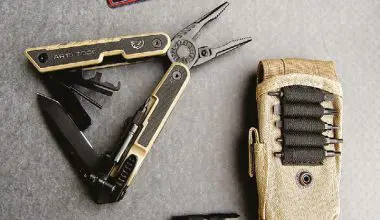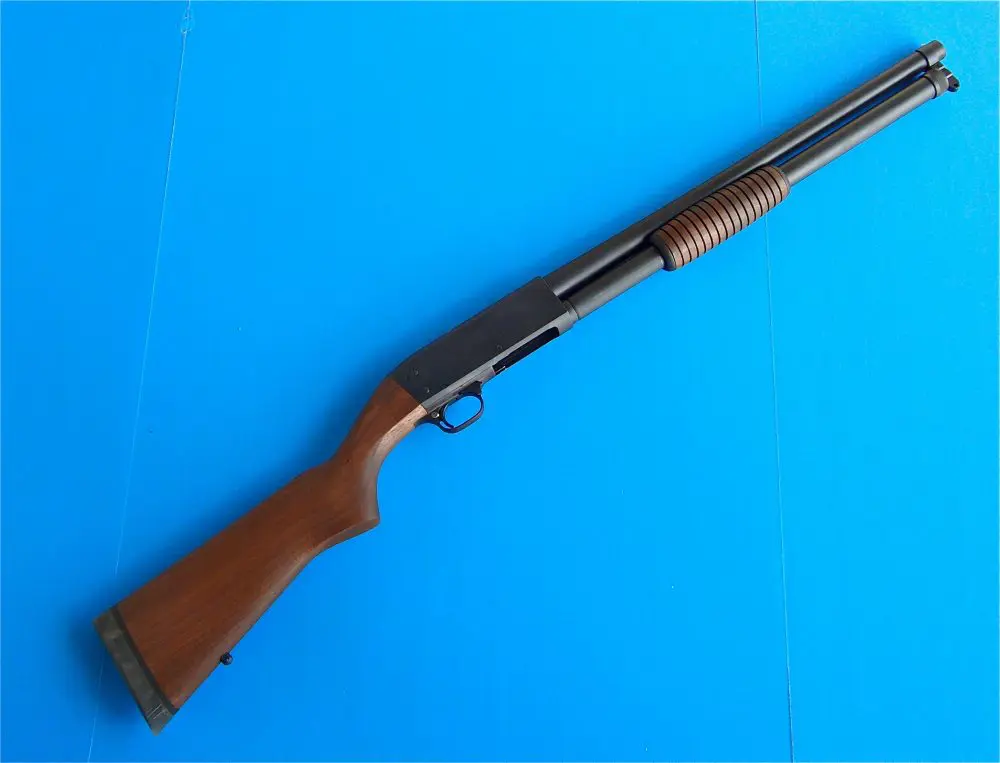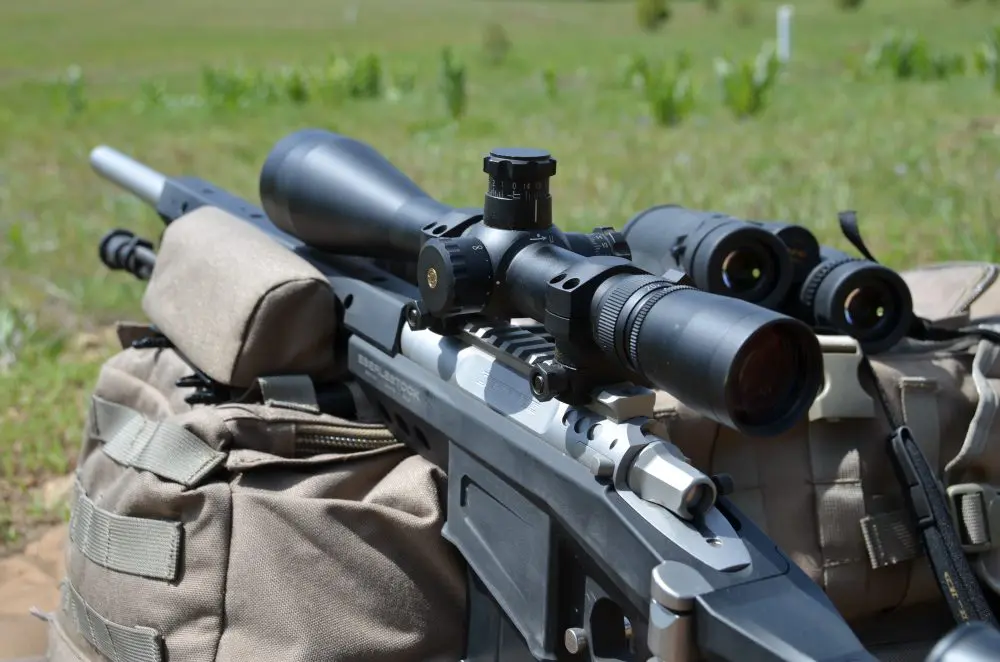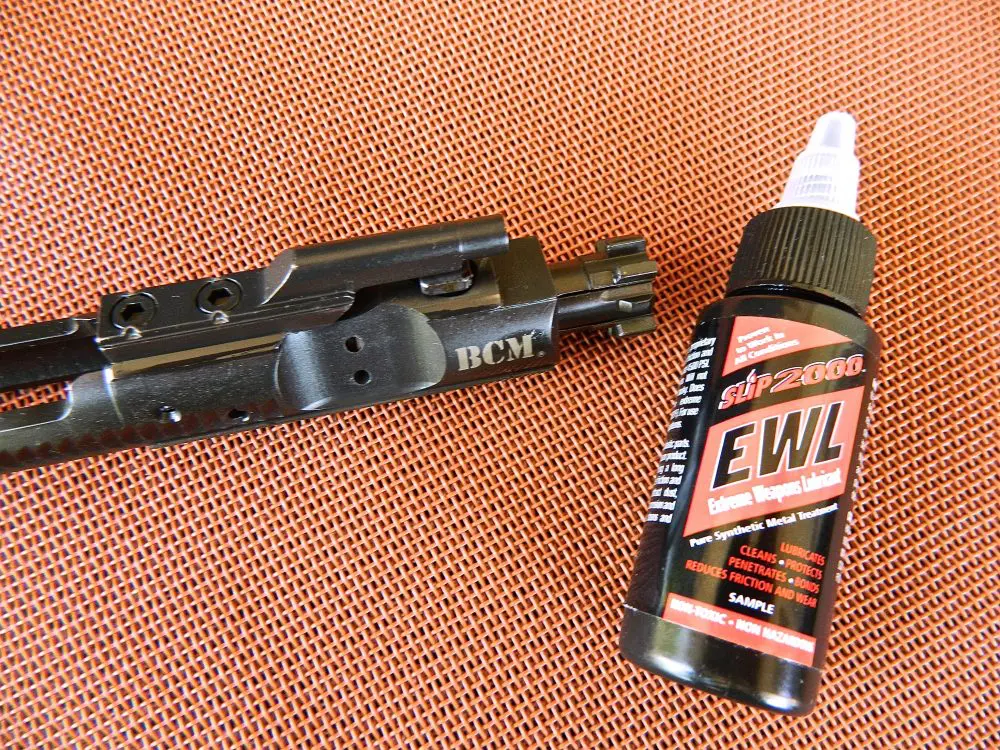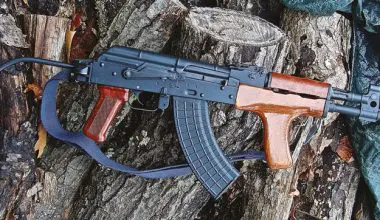
I try to maintain a good reference library related to firearms, both because I find the history and technology interesting and because I write articles and books on firearms. I have a couple of good books on the AK-47 and its brethren, but they are nowhere near as definitive as The Kalashnikov Encyclopaedia.
Compiled by Cor Roodhorst, it covers everything you might want to know about Kalashnikov firearms. I found numerous things I didn’t know before I read it. Its 3,860 pages contain detailed information, development history, excellent exploded views, about 5,700 photos, appendices, and more. The three-volume set is very user friendly. It is organized by country, which allows the reader to quickly go to models of special interest.
For example, I went first to Russia and read about the AKSU, as this is a special favorite of mine. I’ve shot the AKSU quite a bit, but this work has now whetted my appetite for the PP-19-01 “Vityaz” SMG, which looks like an AKSU but is chambered for the 9x19mm round. The various suppressed SMGs and rifles designed for Russian special ops troops get coverage as well.
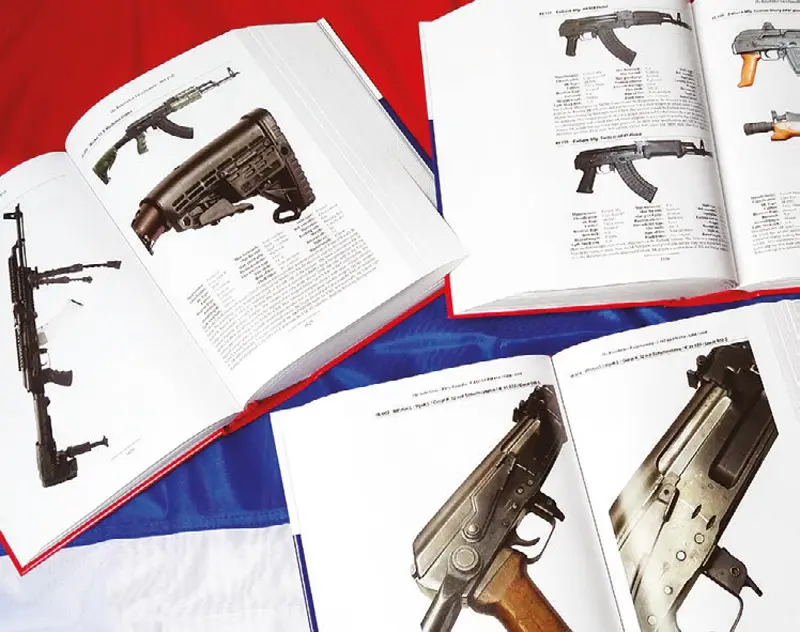
It also has an extensive section on the Dragunov—another weapon in which I am quite interested. The latest version of the SVD and their latest optics are well illustrated and described. Included are some I didn’t know exist.
I’ve also spent time in the Finnish section reading about the Valmets that owe so much to the AK. I’ve had my copy for almost four weeks and each time I open it to glance at it, I lose track of time, as I keep perusing “just one more section.”
This morning was a perfect example of how engrossing this work is. I went out into the backyard to play with my Airedale. I also took along Vol. III of the Encyclopaedia and drifted into the Swiss section. There was great info about the 550/Stgw 90, my favorite assault rifle, which owes a lot to the Kalashnikov design. My dog got mad because I kept turning the pages rather than throwing the ball.
I haven’t turned to the Chinese section yet, as that alone will kill quite a few hours. A lot of aspects of the Kalashnikov that don’t normally receive extensive coverage get it here. For example, there is a really good section on Saiga shotguns, which are quite popular in the U.S. And speaking of the U.S., one section covers the various parts kits that have been built into semi-auto rifles using U.S. receivers.
Another section I look forward to reading is about the various AK-based sporting rifles. One of my Russian contacts regaled me with stories of hunting bear in Siberia with a Kalashnikov sporting rifle chambered in 7.62x54R. I’ve been interested in them ever since, though I still don’t know much about them. In a year or two, I may make it to that section of the Encyclopaedia.
If I count correctly, 51 countries are covered as they relate to Kalashnikov weapons and their derivatives. Former Warsaw Pact/ComBloc countries are of course covered in detail, but so are many countries that never basked in the light of the red star. A real boon in reading about the diverse weapons is that the work is well cross-referenced, an aid to following Kalashnikov evolution.
For those who want Kalashnikov history, it is there in abundance, including a section on the development of the early prototypes and their evolution into the early production models. There are also sections on the 5.45x39mm AKbased weapons.
There is so much information that you have to choose whether to dip in at random as something strikes your interest, or to start at the beginning of the Encyclopaedia and read it through.
I’ve been dipping and will follow my normal procedure with firearms reference books, reading sections when they apply to something about which I’m writing. I’d like to start at the beginning and read all 3,860 pages, but I have a book deadline and quite a few articles on assignment. As soon as deadlines permit, I’ll start at the beginning and work my way through the Encyclopaedia. It certainly will not bore me.
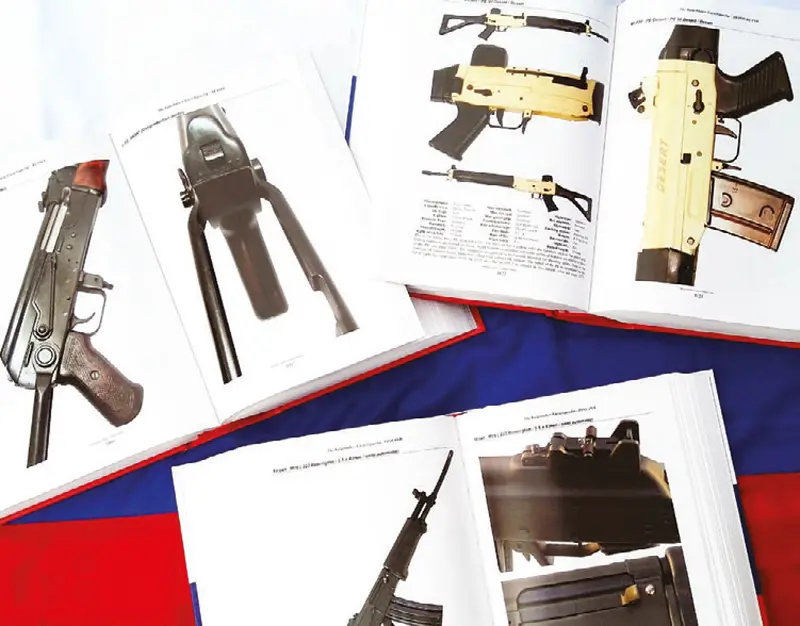
If I sound enthusiastic about this work, I am. I have already talked it up to friends in the special ops community, weapons development, and ordnance intelligence and analysis. Now I’m talking it up to S.W.A.T. readers, whom I consider among the more sophisticated readers of gun magazines.
Although The Kalashnikov Encyclopaedia is published in Europe, it is in idiomatic English. We have no problem reading it here. Depending on the exchange rate of the Euro on the day you order, with shipping it will probably run around $275 to $290 total for the three volumes.
I honestly think that’s a very fair price—actually a bargain—given the quality of the book. When I say quality, I don’t mean just the information. This is a well-printed book on quality paper with excellent photos.
For more information, go to www. kalashnikov-encyclopaedia.com

